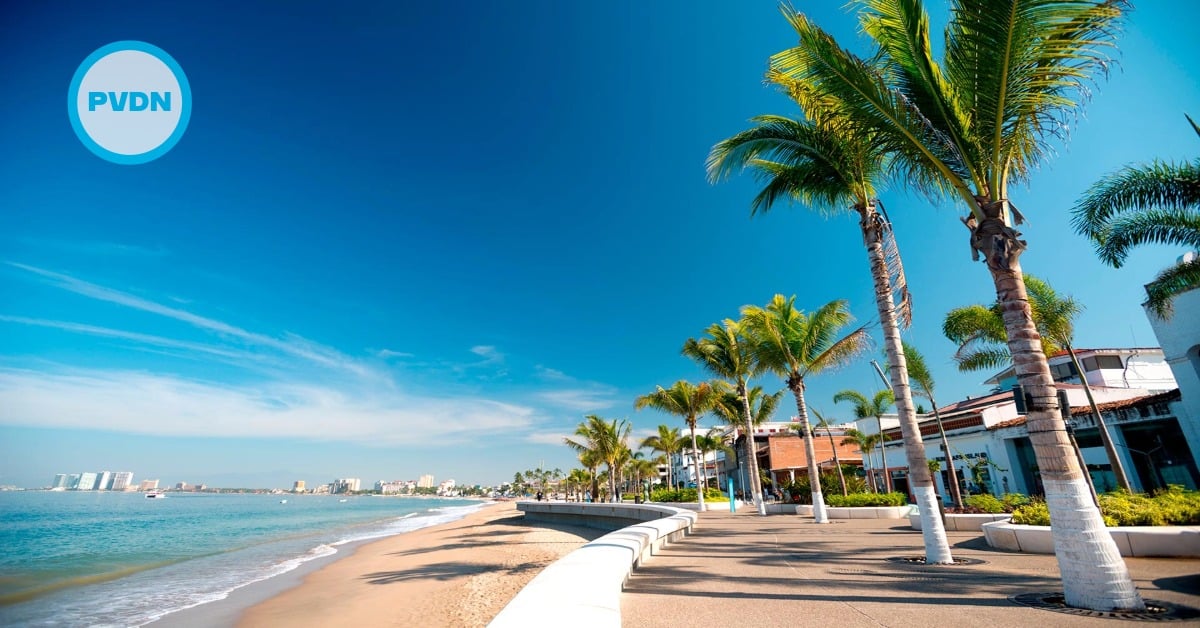The border is where more than 18,500 of the country’s 19,437 Border Patrol agents work, trying to stop people from crossing illegally into the U.S.
For all the heat and headlines around this border, few people really understand the job of a Border Patrol agent.
I am a sociologist who has studied and written about the U.S.-Mexico borderlands since 1977. I spent two years embedded with . . .





